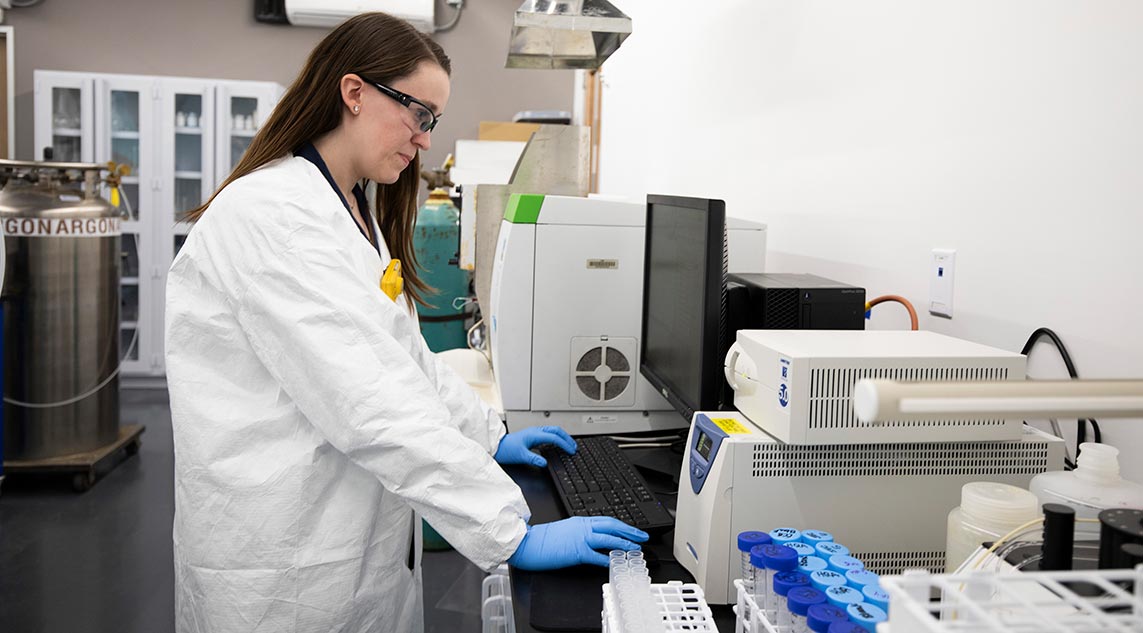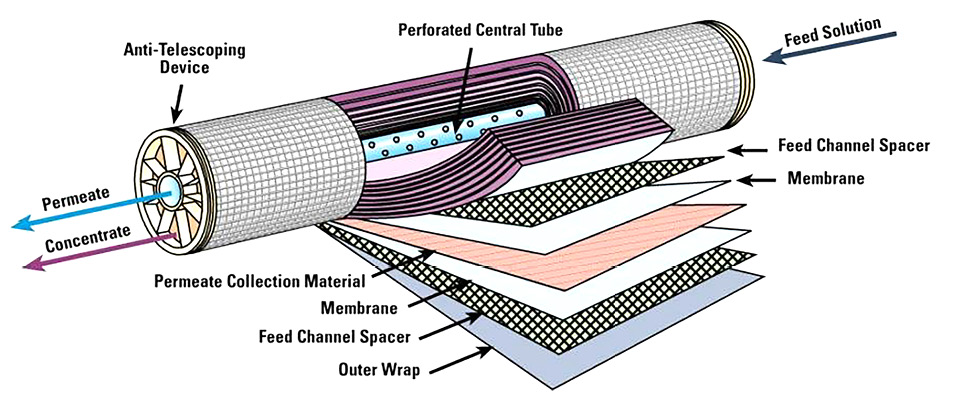
Per- and polyfluoroalkyl substances (PFAS), often called “forever chemicals,” have become a significant environmental and public health concern due to their persistence, bioaccumulation and potential toxicity. PFAS are found in various consumer products and industrial applications, leading to widespread contamination of drinking water and wastewater streams.
A recent study1 by the U.S. Geological Survey (USGS) estimates that up to 27% of Americans—approximately 95 million people—may be exposed to PFAS-contaminated drinking water through private and public wells. Addressing PFAS contamination requires a comprehensive approach that combines advanced sampling and analysis with innovative treatment technologies. Unlike many other contaminants that break down naturally over time, PFAS require specialized treatment methods for effective removal.
Once in the environment, these chemicals accumulate in groundwater and surface water, making remediation efforts even more complex. Understanding the pathways through which PFAS enter the water supply is crucial in designing effective treatment strategies.
Adding to the complexity, PFAS contamination is rarely isolated. These chemicals are often found alongside other industrial and agricultural pollutants, requiring treatment systems that can address multiple contaminants at once. Additionally, PFAS exist in thousands of different forms, each with varying chemical properties, making it difficult to apply a one-size-fits-all treatment approach. Short-chain PFAS, for example, tend to be more mobile in water and harder to remove than long-chain variants, further complicating treatment strategies.
Advanced Sampling & Analysis Techniques
Effectively addressing PFAS contamination begins with accurately identifying and quantifying these substances in water sources. Since PFAS compounds exist in trace amounts and can vary widely in structure, their detection requires highly sensitive analytical methods. Advanced sampling and analysis techniques, such as high-resolution mass spectrometry (HRMS) and liquid chromatography-tandem mass spectrometry (LC-MS/MS), are among the most effective tools for this purpose.

These methods allow for the precise detection of PFAS at low concentrations, often down to parts per trillion (ppt), which is critical given the increasing regulatory scrutiny. Additionally, HRMS and LC-MS/MS can identify a broad range of PFAS compounds, including emerging variants, providing a more complete contamination profile. This level of detail is essential for selecting the most appropriate treatment strategies and ensuring compliance with evolving water quality standards.
Identifying the Best Treatment Technologies
Once PFAS contamination has been fully assessed, the next step is to identify the most suitable treatment technologies. The most widely used methods are granular activated carbon (GAC) and ion exchange (IX), which are commonly used to capture PFAS from water. These technologies adsorb PFAS molecules onto a solid medium, effectively removing them from the water stream. However, their effectiveness can vary depending on the specific PFAS compounds present and the concentration of co-contaminants.

Another highly effective approach involves membrane technologies such as reverse osmosis (RO) and nanofiltration (NF). Unlike adsorption-based methods, these techniques physically separate PFAS from water by forcing the water through a semipermeable membrane. While RO and NF can remove a broad spectrum of PFAS compounds with high efficiency, they come with challenges—namely, being energy-intensive and generating concentrated waste streams that require careful handling and disposal. Despite these drawbacks, membrane technologies remain a crucial option, particularly for applications requiring near-complete PFAS removal.
Designing Effective Flow Sheets
Effective PFAS treatment requires designing flow sheets that strategically integrate multiple technologies to address the contamination profile of a given water source. This involves balancing the strengths and limitations of each method to maximize performance. For example, a treatment system may use GAC or IX as a first step to capture PFAS, followed by RO or NF to further purify the water and remove any remaining contaminants.
Cost-effectiveness is another key factor. While advanced treatment technologies can be expensive to implement and operate, their long-term benefits—such as improved public health and environmental protection—often justify the investment. Optimizing the process to reduce energy use and waste generation can further enhance cost efficiency, making sustainable PFAS treatment more viable.
Environmentally Responsible Disposal of PFAS
One often overlooked aspect of PFAS treatment is the proper disposal of captured contaminants. Because PFAS are tough to break down, improper handling can lead to further environmental contamination. Incineration is a common disposal method but requires extremely high temperatures and strict controls to prevent the release of harmful byproducts.

Emerging technologies like electrochemical oxidation and plasma treatment offer promising alternatives by breaking down PFAS into less harmful compounds, but continued research and development in this area will be essential to ensuring safer, more sustainable disposal methods.
Managing PFAS contamination requires more than just removing these chemicals from water—it takes a long-term commitment to smarter treatment strategies and responsible disposal. As regulations tighten and new technologies emerge, continuous innovation will be key to staying ahead of this challenge. By prioritizing advanced detection methods, efficient treatment solutions and sustainable disposal practices, cleaner water systems can be ensured for future generations.

